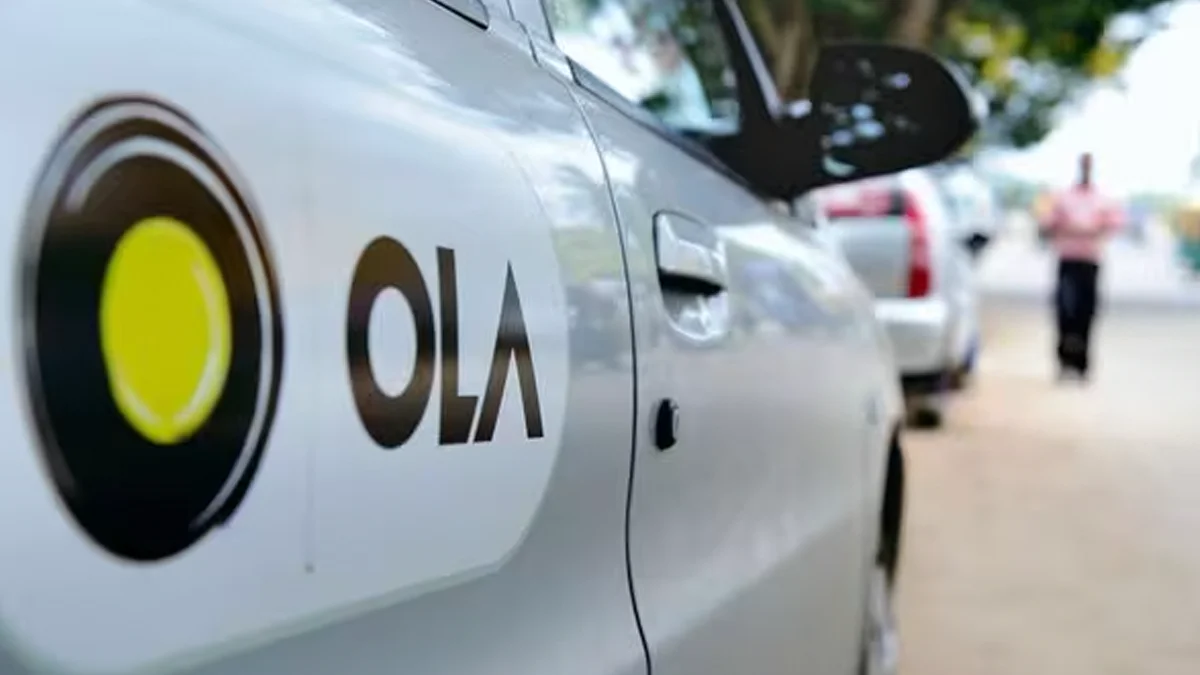Necessary Always Active
Necessary cookies are required to enable the basic features of this site, such as providing secure log-in or adjusting your consent preferences. These cookies do not store any personally identifiable data.
|
||||||
|
||||||
|
||||||
|

Ride-hailing giant Ola has launched its no-commission model for cab drivers across India, as per Mint. The move comes after newer entrants like Rapido and Namma Yatri launched Software-as-a-Service (SaaS) models, enabling drivers to keep 100% of their earnings by paying a fixed daily or monthly fee to use the platform.
This strategic move comes as the company faces growing pressure from competitors who have already adopted similar approaches. The zero-commission system allows drivers to keep their entire earnings instead of paying platform fees.
Ola’s driver commission-free model represents a major departure from conventional business practices. Under this new system, drivers pay a fixed subscription fee instead of giving up a percentage of each ride’s earnings. In a zero-commission model, no commission fee is charged on the ride fare.
Nikhil Dhaka, vice president at Primus Partners, “This is a significant win for drivers, who generally prefer a fixed subscription model that lets them retain 100% of their fares, rather than dealing with unpredictable commissions. It could also help reduce ride cancellations and driver churn. However, the impact on consumers remains to be seen.”
The new model allows drivers to earn more money per trip. They no longer lose 15-20% of their earnings to platform commissions. This change could significantly improve driver income levels across the country.
Cab service rivalry in India has reached unprecedented levels in recent years. Multiple players are fighting for market share in one of the world’s largest ride-hailing markets. Traditional giants like Ola and Uber now face serious challenges from newer platforms.
This comes at a time when Ola’s rivals, Rapido and Namma Yatri, also introduced similar models for their cab drivers last year. The timing of Ola’s announcement shows the company is responding to competitive pressure. Rivals have already gained ground using driver-friendly approaches.
The competition has forced companies to rethink their revenue strategies. Driver satisfaction has become crucial for maintaining fleet sizes and service quality.
The Rapido and Ola competition has become particularly intense in recent months. Both companies are fighting for dominance in the bike taxi and cab segments. Rapido’s early adoption of driver-friendly policies put pressure on traditional players.
The competition extends beyond just pricing strategies. Companies are now competing on driver welfare, technology features, and market coverage. This multi-dimensional rivalry benefits both drivers and customers.
Ola’s decision to match competitors’ zero-commission offerings shows the market pressure it faces. The company cannot afford to lose drivers to platforms offering better earning opportunities.
The industry-wide move toward zero-commission models reflects changing market realities. The driver shortage has become a major challenge for ride-hailing companies. Platforms must offer attractive terms to maintain adequate fleet sizes.
Ola’s adoption of the zero-commission model will likely accelerate industry transformation. Other regional players may follow suit to remain competitive. This could fundamentally change how ride-hailing companies generate revenue in India’s competitive market.
Soujanya Sridharan, a researcher at the Aapti Institute, said, “It remains to be seen how this shift will impact Goods and Services Tax (GST) taxation, especially as newer platforms with linkages to workers’ associations enjoy exemptions, while other incumbents remain liable to pay GST under current laws. As more platforms pivot to SaaS models, this regulatory disparity could become more pronounced.”